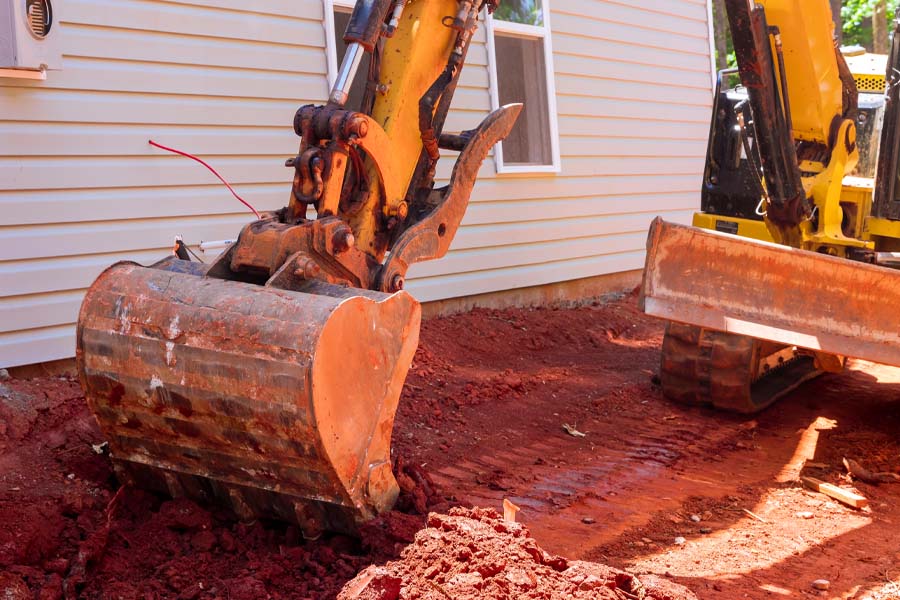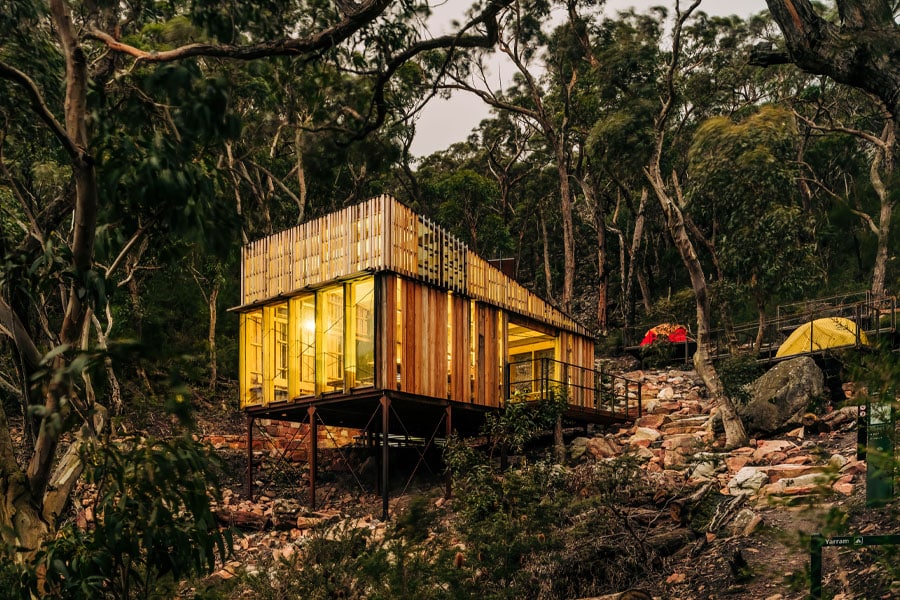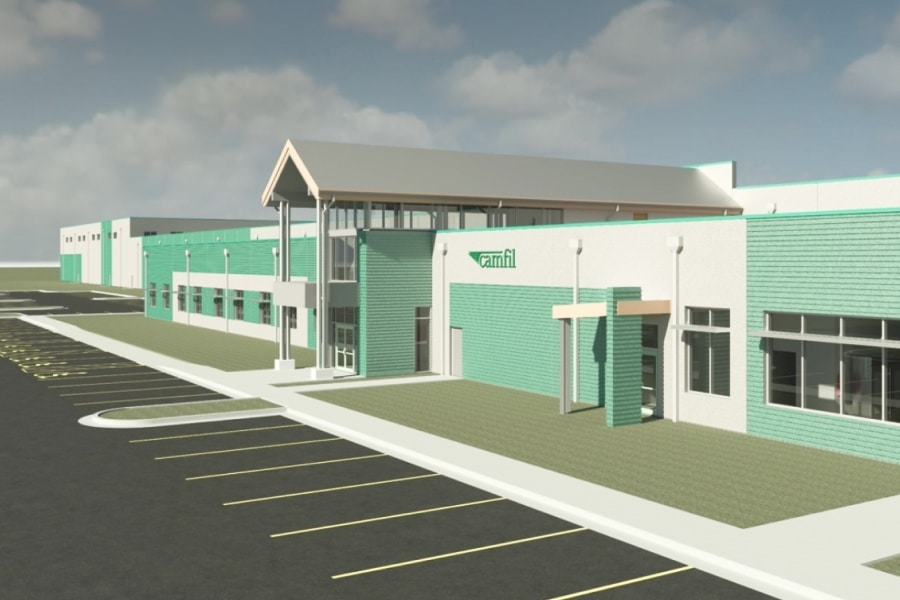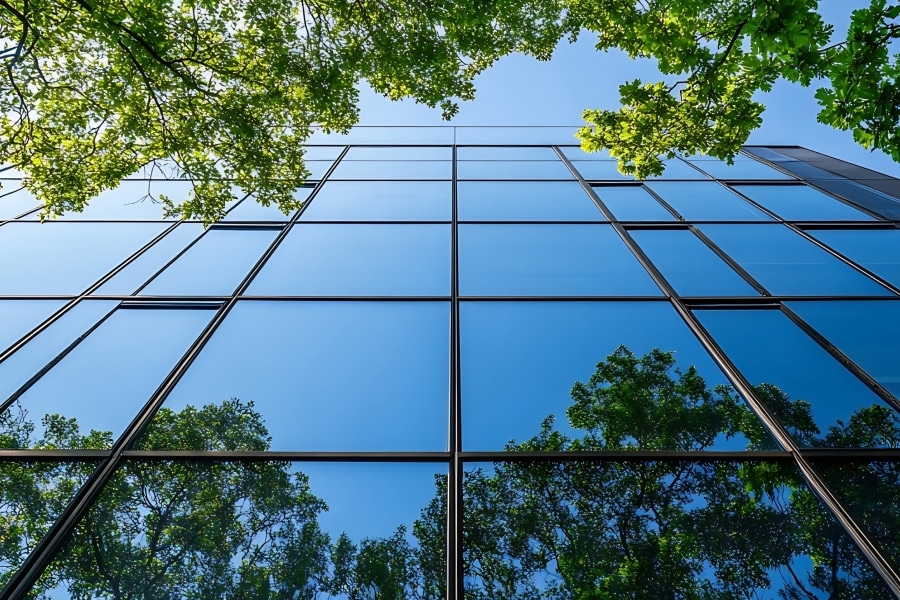When it comes to roughing it in the great outdoors, most of us would be excited to spend the night in a simple log cabin or lean-to. But in Australia, which boasts thousands of miles of hiking and camping trails throughout its many national parks and wilderness areas, they do things a little differently.
So when it came time to design and construct the campsites along the challenging 13-day Grampian Peaks Trail route, planners knew they needed something special to match the natural scenery. But how could they create breathtaking structures in remote areas, many of which are unreachable by road?
Nick Griffin, Melbourne Co-Studio lead and associate director at McGregor Coxall, and Justin Noxon, architect and studio partner at Noxon Giffen, were ready to rise to the challenge.
An unmatched location
For Griffin and Noxon, the natural beauty of the site inspired an expansive creativity in the team’s approach to the design process. Also known by its aboriginal name, Gariwerd, Griffin described the area as “a significant landscape,” adding, “The environmental and cultural significance of Gariwerd drew us to the project.”
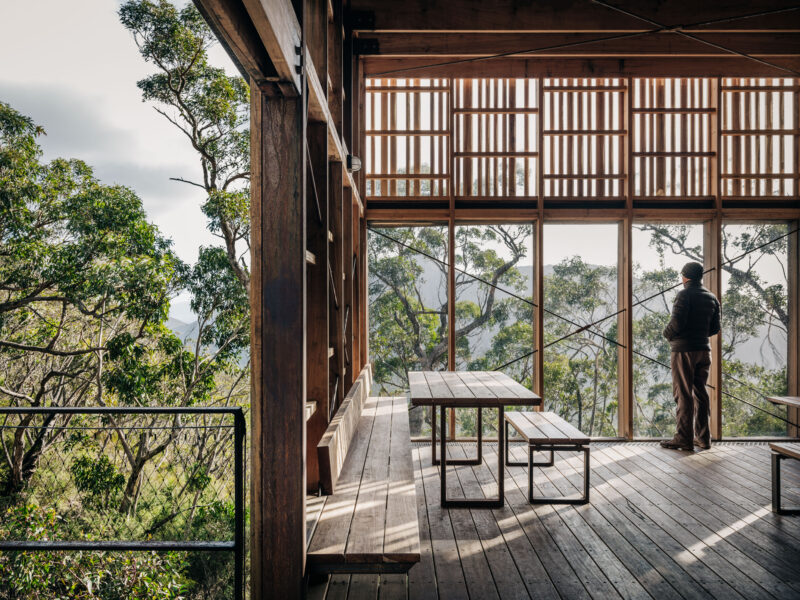
One of the most biodiverse places in Victoria and home to about a third of all native area plant species, there’s a reason this remote trail has been so perennially popular with ambitious hikers from all over the globe. “With such diverse terrain and unique natural resilience, the landscape and its systems form the primary inspiration for our design response,” Griffin said.
For Griffin and his associates, taking the time to truly immerse themselves in this landscape was an essential part of the design process. “The design team made multiple trips out to Gariwerd to spend time observing and documenting site conditions,” he said. “Immersion in each individual site took place to gain a holistic appreciation for and knowledge of the landscape in different weather conditions and at times of day.”
After spending time within each site, Griffin said the team created structures that mirrored the natural landscape that surrounded them, drawing both visually and materially from the park. “The form and placement of the architecture were inspired by the large-scale sandstone uplift evident throughout the Grampians; this is echoed in the single pitch of roof elements,” Griffin explained.
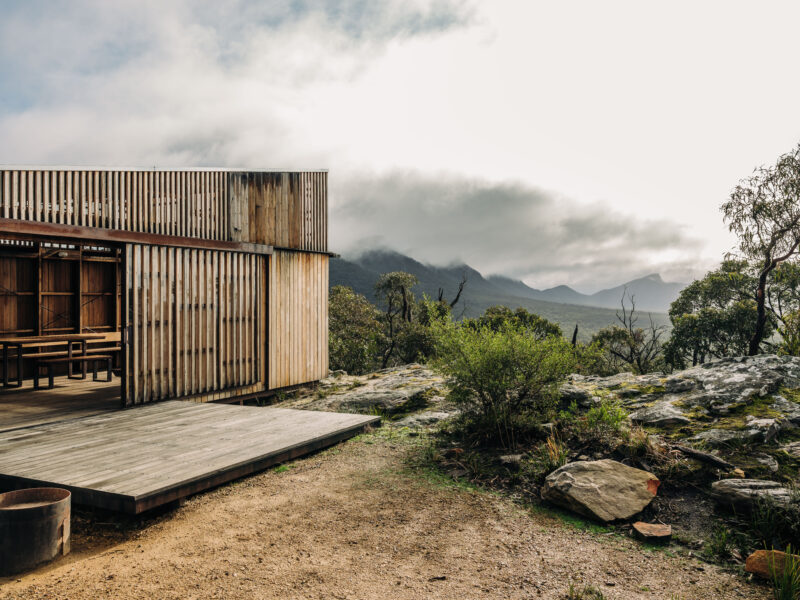
Each structure even makes use of materials drawn naturally from the landscape. “The design vision included a robust and natural materials palette, considered in response to each individual site’s nature, colors and textures,” Griffin said. “For example, all rock was sourced from within each campsite.”
Designing with hikers in mind
The team knew how its structures needed to respond to the landscape—but what about the people who would be using them? Griffin said that throughout the project, the design team kept the specific experience of hikers at the forefront of their processes.
“The experiential design of all campsite elements was mindful to be specific to that of a hiking experience, therefore the comfort target for architectural elements sought to elevate only slightly from that of a tent,” he explained. “The aim was to feature architecture that would grow in parallel with the nature that surrounds it, minimizing harm to environments and keeping Gariwerd’s stunning landscape as the hero.”
Noxon said this commitment was clear from the moment the team read the key parameters that would define the project. “The brief called for the campsites to ‘touch the ground lightly,’ minimizing the impact on the environment and maintaining Gariwerd’s iconic, biodiverse landscape as the hero,” he said. “The structures were built to provide comfort and amenities for hikers, using materials that would blend into the landscape over time. Structures provide the essentials of weather protection and basic shelter, collect water, treat wastewater on-site and provide solar-powered battery charges for hiker safety for mobile phone navigation and safety within the context of a remote hiker trail experience.”
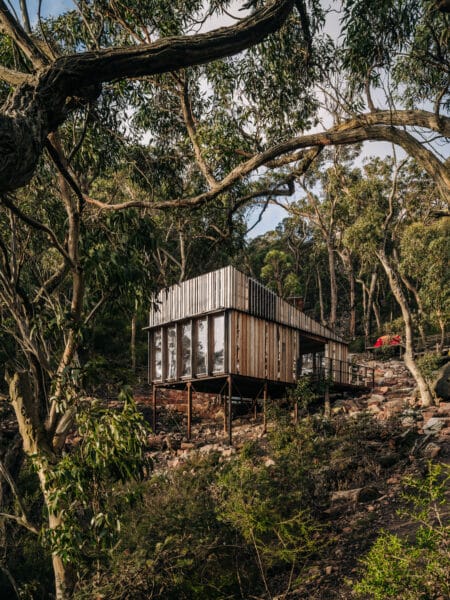
Where and how the cabins were constructed was as important as the amenities they contained.
“Off-grid campsites are designed with mindfulness to guidelines and tracks—intuitive circulation allows for more sustainable campsites that minimize public access to dense vegetation,” Noxon said. “Accommodating to a variety of users, abilities and intensities, the walk will conserve and protect Gariwerd’s beauty, achieving the highest possible grade of environmental sensitivity through the protection of site-specific conditions such as biotope preservation, overland flow management and microclimate.”
Construction complexities
Once construction began, Griffin said the complexity of the project became clear. “The remoteness of the 11 sites represented a lot of obstacles,” he said. “One of the major challenges was to ensure a consistent quality was achieved across several sites under construction concurrently.”
Collaborating closely with their contractor and Parks Victoria, which backed the project, Griffin and his team made regular visits to the Gariwerd sites throughout the construction process, which used a modular approach that allowed for the prefabrication of all of the elements, which could then be transported via airlift or vehicle to their designated sites.
Several sites were constructed concurrently as part of a prototyping process whose lessons would be applied to the next batch of sites—a unique method that allowed the team to meet their timing and budgetary goals. When lockdowns made in-person site visits challenging, the team figured out how to do virtual inspections from afar, so construction could stay on track.
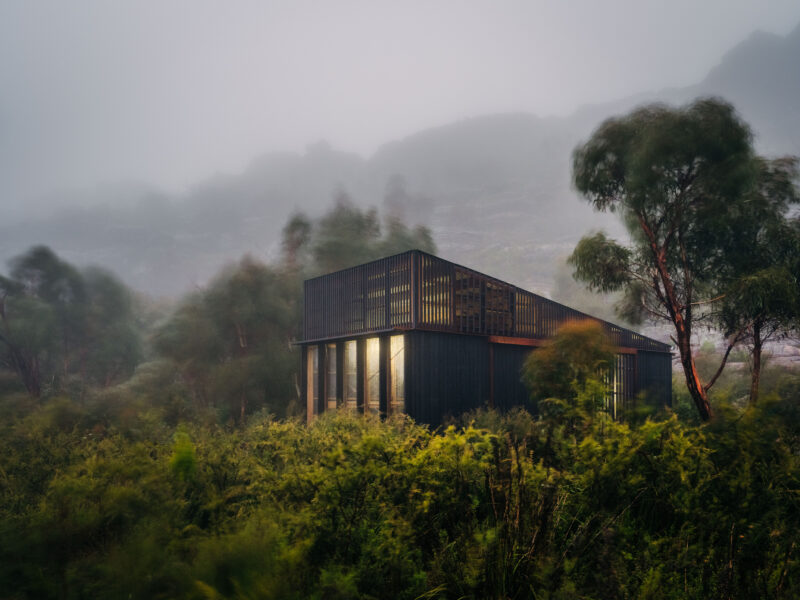
Now that the project is open to the public, Griffin and Noxon say the response has been enthusiastic. “The feedback that the project team have received on the project has been largely positive,” Griffin said. The campsites provide a great level of amenity for hikers without inhibiting the sense of nature. The campsite interventions are true to the brief of being subservient to the natural landscape; they simply add a layer of comfort to those seeking to immerse themselves in the magical Gariwerd landscape.
Noxon added that he hopes the structures will enhance hikers’ appreciation for the beauty of the region. “The campsites are designed to support the hiker experience of Gariwerd; to become part of the landscape; to promote connection and understanding of Gariwerd,” he said. “The architectural response fosters a slow, gentle and quiet interaction, an elemental experience of place.”
